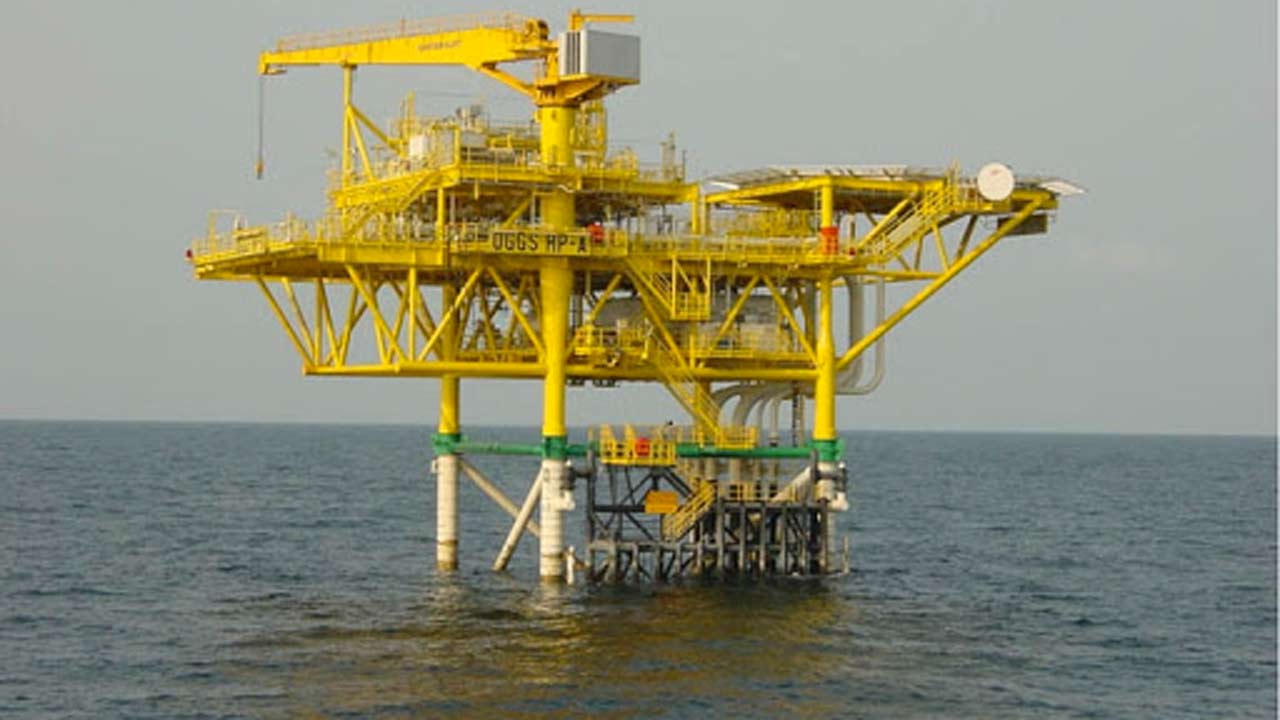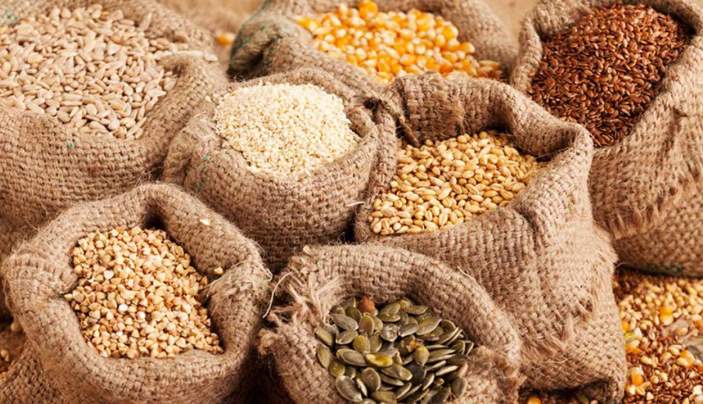
Confirming reports of low production and inability of the country to meet its crude oil quota, the latest monthly report of the Organisation of Petroleum Exporting Countries (OPEC) has shown that Nigeria’s rig count slumped to nine from 11.
Despite the Federal Government’s readiness to pump more oil and increase its acreage, operational setbacks and sabotage from key pipelines continue to undermine optimal production.
Compared to 11 rigs recorded in September this year, the October count is at par with 2020 records and lower than 16 rigs recorded in 2019.
Though S&P Global Platts survey showed that Nigeria dropped to 1.37 million barrels a day in October, 261,000 bpd below its OPEC+ quota, due to prevailing challenges, OPEC’s Monthly Oil Market Report (MOMR), published yesterday, showed that the country recorded 1.35mbpd according to secondary sources and 1.23mbpd based on direct communication to the cartel.
Platts survey had revealed that Bonny Light, Escravos and Forcados have all faced production issues in 2021, while output of other key grades such as Qua Iboe, Brass River, Agbami, Akpo and Egina have also remained consistently low this year.
Though Nigeria is expected to produce 1.66 million barrels a day of crude under the new OPEC+ agreement for December, higher than the current 1.4 million barrels per day being recorded by the country, there are concerns that the country can attain the volume despite assurances by the Minister of State for Petroleum, Timipre Sylva.
Meanwhile, OPEC has revised lower its oil demand growth forecast for this year, partly because it assumes the pace of recovery has been hit by elevated prices.
In its latest MOMR, the cartel pegged this year’s world oil demand at 96.44mb/d, up by 5.65mb/d on the year but down by 160,000 b/d from its previous projection.
With the recent rise in price, OPEC said the reduction in forecast was because of slower-than-anticipated third-quarter consumption in major markets in India and China.
OPEC kept next year’s assumption for demand growth unchanged at 4.15mb/d, taking demand to 100.59mb/d, but warned of mounting economic challenges in China and the Covid-19 pandemic, which it expects to remain “a dominating factor” during the northern-hemisphere winter.
At last week’s OPEC+ meeting, the alliance eschewed calls from some consuming countries for a faster increase in production and stayed steadfastly behind its plan to raise collective output quotas by 400,000 b/d next month.
The cartel in its latest report kept its forecast for non-OPEC liquids supply growth this year unchanged at around 700,000 b/d, for an average 63.64mb/d, and still sees next year growing by 3mn b/d next year. It expects Russia and the US to be the main drivers of next year’s growth, but said investment levels, particularly in the US shale sector, remain a concern.
Taking into account lower demand, OPEC decreased its 2021 forecast call on its own members’ crude by more than 100,000 b/d to 27.65mb/d, and by a similar amount next year to 28.66mb/d. The group’s output was 27.5mb/d last month, up by 217,000 b/d from July, according to an average of secondary sources including Argus.
Citing preliminary data, Opec said OECD commercial stocks fell by 18.5mn bl in September to 2.81bn bl, which is 374mn bl lower than a year earlier and 163mn bl below the 2015-19 average.






